Johann Wolfgang von Goethe was a German writer and statesman. His works include four novels; epic and lyric poetry; prose and verse dramas; memoirs; an autobiography; literary and aesthetic criticism; and treatises on botany, anatomy, and color. Take a look below for 26 more awesome and interesting facts about Johann Wolfgang von Goethe.
1. There are many literary and scientific fragments, more than 10,000 letters, and nearly 3,000 drawings by him in existence.
2. A literary celebrity by the age of 25, Goethe was ennobled by the Duke of Saxe-Weimar, Karl August in 1782 after taking up residence there in November 1775, following the success of his first novel, The Sorrows of Young Werther.
3. He was an early participant in the Sturm und Drang literary movement.
4. During his first ten years in Weimar, Goethe was a member of the Duke’s privy council, sat on the war and highway commissions, and oversaw the reopening of silver mines in nearby Ilmenau, and implemented a series of administrative reforms at the University of Jena.
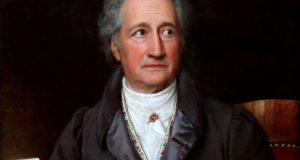
5. He contributed to the planning of Weimar’s botanical park and the rebuilding of its Ducal Palace, which in 1998 were together designated a UNESCO Heritage Site under the name Classical Weimar.
6. Goethe’s first major scientific work, the Metamorphosis of Plants, was published after he returned from a 1788 tour of Italy.
7. In 1791, he was made managing director of the theater at Weimar, and in 1794, he began a friendship with the dramatist, historian, and philosopher Friedrich Schiller, whose plays he premiered until Schiller’s death in 1805.
8. During the time he managed the theater at Weimar, he published his second novel, Wilhelm Meister’s Apprenticeship.
9. His conversations and various common undertakings throughout the 1790s with Schiller, Johann Gottlieb Fichte, Johann Gottfried Herder, Alexander von Humboldt, Wilhelm von Humboldt, and August and Friedrich Schlegel have come to be collectively termed Weimar Classicism.
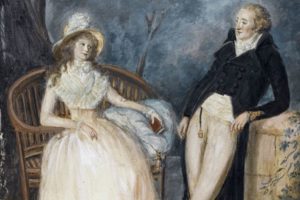
10. The German philosopher Arthur Schopenhauer named Wilhelm Meister’s Apprenticeship one of the four greatest novels ever written.
11. American philosopher and essayist Ralph Waldo Emerson selected Goethe was one of the six “representative men” in his work of the same name.
12. Goethe’s father, Johann Caspar Goethe, lived with his family in a large house in Frankfurt, then an Imperial Free City of the Holy Roman Empire.
13. Johann Caspar married Goethe’s mother, Catharina Elizabeth Textor, at Frankfurt on August 20, 1748, when he was 38 years old and she was 17 years old.
14. All of their children, with the exception of Johann Wolfgang and his sister, Cornelia Friederica Christiana, who was born in 1750, died at early ages.
15. his father and private tutors gave Goethe lessons in all the common subjects of their time, especially languages, such as Latin, Greek, French, Italian, English and Hebrew.
16. Goethe received lessons in dancing, riding, and fencing.
17. Johann Caspar, feeling frustrated in his own ambitions, was determined that his children should have all the advantages that he didn’t.
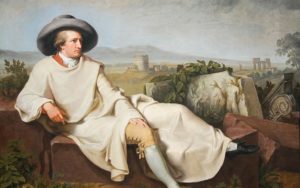
18. Although Goethe’s great passion was drawing, he quickly became interested in literature. Friedrich Gottlieb Klopstock and Homer were among his early favorites.
19. Goethe studied law at Leipzig University from 1765 to 1768. He detested learning age-old judicial rules by heart, preferring instead to attend the poetry lessons of Christian Furchtegott Gellert.
20. In Leipzig, Goethe fell in love with Anna Katharina Schonkopf and wrote cheerful verses about her in the Rococo genre.
21. In 1770, he anonymously released Annette, his first collection of poems.
22. Goethe became severely ill in Frankfurt. During the year and a half that followed, because of several relapses, the relationship with his father worsened.
23. in 1775, Goethe was invited, on the strength of his fame as the author of The Sorrows of Young Werther, to the court of Karl August, Duke of Saxe-Weimar-Eisenach, who would become Grand Duke in 1815.
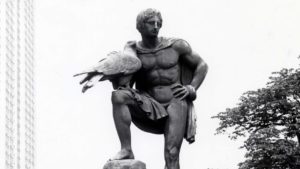
24. Goethe went to live in Weimar, where he remained for the rest of his life and where, over the course of many years, he held a succession of offices, becoming the Duke’s friend and chief adviser.
25. In 1776, Goethe formed a close relationship to Charlotte von Stein, an older, married woman. The intimate bond with von Stein lasted for ten years, after which Goethe abruptly left for Italy without giving her any notice.
26. As head of the Saxe-Weimar War Commission, Goethe participated in the recruitment of mercenaries into the Prussian and British military during the American Revolution.

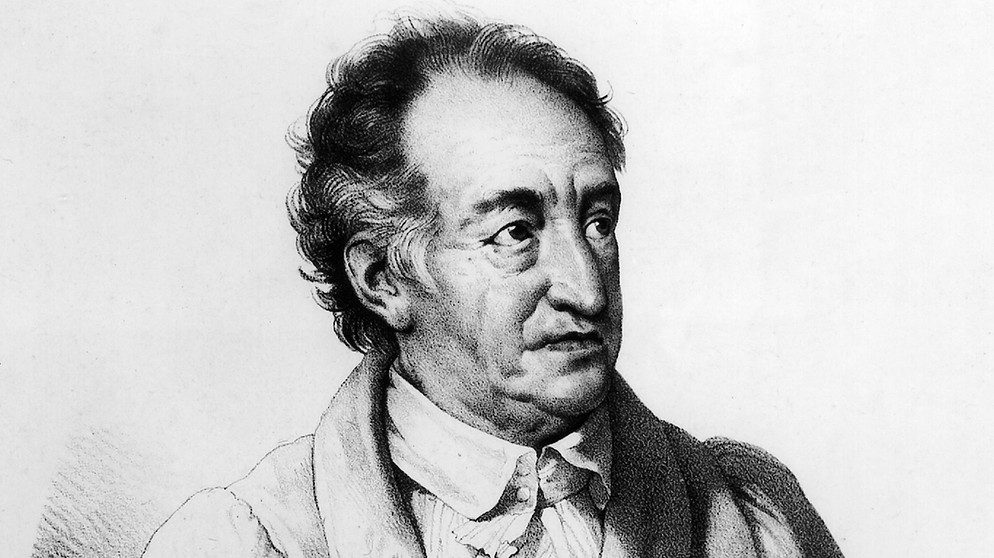



One Comment
Pingback:
July 8, 2018 at 12:16 am